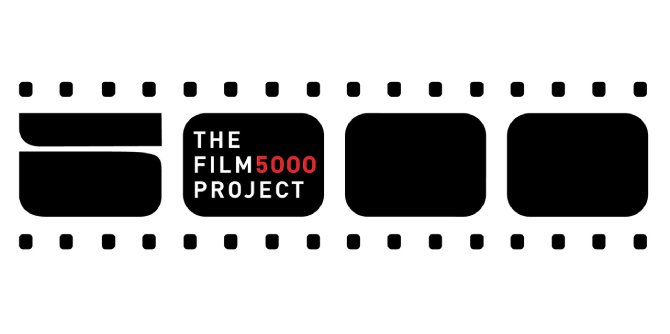

I want to acknowledge the premature passing of cinematographer Harris Savides, who died yesterday at age 55. Savides had a distinctive style that never upstaged the stories of the films he shot. I couldn't always tell if I was watching a film shot by Savides, but when his credit came up at the end there was always that, "Ahh . . . No wonder" moment of appreciation. He lit interiors with the simplicity and elegance of the great Sven Nykvist and embraced the use of extreme darkness and bright sunshine almost as well as the master Gordon Willis. With the exception of Roger Deakins, he was the only cinematographer working in the digital medium who has impressed me. Though he shot fewer than 30 features, he worked with many of the most interesting directors making movies today. He most often collaborated with Gus Van Sant (Milk, Elephant, Gerry, Last Days, Finding Forester), and provided the memorable camera work for Ridley Scott's American Gangster, Woody Allen's Whatever Works, Sofia Coppola's Somewhere, James Grey's The Yards, Noah Baumbach's Greenburg, and (most especially) David Fincher's vivid and nostalgic re-creation of the 1970s, Zodiac. He never shot a horror movie, but he did shoot Jonathan Glazer’s atmospheric and creepy Birth.
It’s this overlooked gem, Birth (2006), that I recommend people watch to fully appreciate Savides skill. Glazer's follow- up to his highly successful Sexy Beast, Birth was shrugged off by the few people who saw it in theaters. It can't really be considered a cult film since there are so few people out there who hold it in high regard--though those people are out there, and I have become one of them. When I first saw it in a crummy New York theater during its release, I dismissed it as a gimmicky "twist" movie, an example of style over substance, and an unsuccessful attempt to do something clever on film. Fortunately I was convinced to give Birth a second look, because is it one of my good friend Raj’s 100 favorite movies.
In 2010, when The Film Society of Lincoln Center invited the prolific British film writer David Thompson to come and screen any movie in the whole history of cinema that he wanted to show and discuss, he chose Birth. I was baffled by this selection and therefore determined to get to that screening and bring Raj with me. I'm very glad I gave it a second chance. Unlike so many pictures that I've dismissed as gimmicky "twist" movies, Birth gains a lot on second viewing. Once you know where the story goes, you stop thinking about it and focus on what’s going on in the minds of the characters. In its one celebrated sequence, Nicole Kidman goes to an Opera with a great deal on her mind. As Savides’ camera tracks slowly in on her in an unbroken, two-minute shot, we watch her go through waves of desperate emotions as she tries to make sense of the events that have previously unfolded up to this point in the film. The scene is the ultimate realization of Alfred Hitchcock's declaration that, "the best special effect in all of cinema is a close up of the human face."
Birth is a film that I don’t think would be half as effective was it not shot by Savides. He and Glazer devise moody, disturbing visuals that create a menacing tension that will remind many of Rosemary's Baby and The Shinning. But Birth will disappoint anyone who comes to it thinking that they're going to see a horror movie. Instead, it is a meditative puzzle of a picture, one that challenges you to follow it, rather than invites you to solve it. Many compositions look just a little too dark, and the camera moves in ways that are just a little too slow for comfort. That these bold choices end up serving the film so well is why Birth is perhaps the greatest example of what made Savides a one-of-a-kind artist in a craft where that is a very rare accomplishment.

